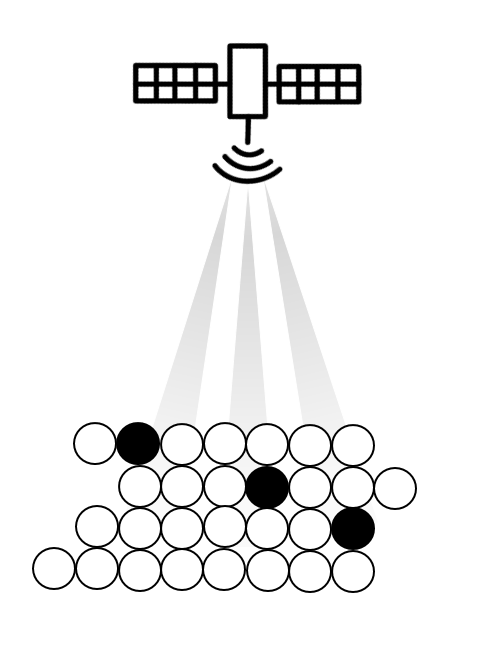Utilizing satellite capacity in an efficient and demand-oriented way
Beam hopping is a concept that allows data transmission via satellite to be flexibly adapted to the variable data demand in any given area. Instead of statically supplying a specific area with data, the satellite switches back and forth between different coverage areas. The switching of the satellite beams is based on a schedule that takes into account the data rates currently required in the various coverage areas. Overall, the concept improves the efficiency of a satellite system because the transmission capacity is always available in full bandwidth exactly where it is needed at any particular moment.
A beam-hopping-capable system flexibly compensates for fluctuations in user demand and is designed to achieve the best possible overall utilization:
- Adapts to the varying demand in the course of the day
- Facilitates the adaptation of a satellite to new services with a different workload
- Supports coverage for locally fluctuating data traffic from mobile users

